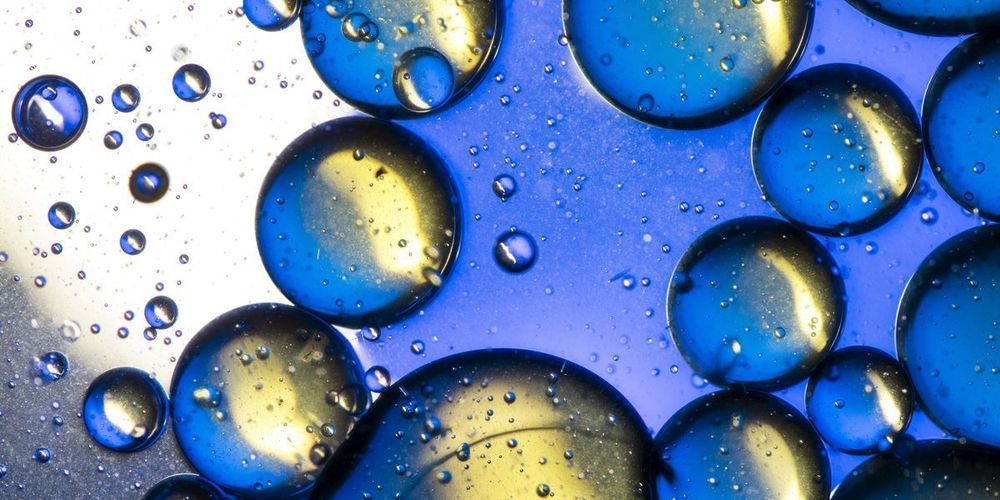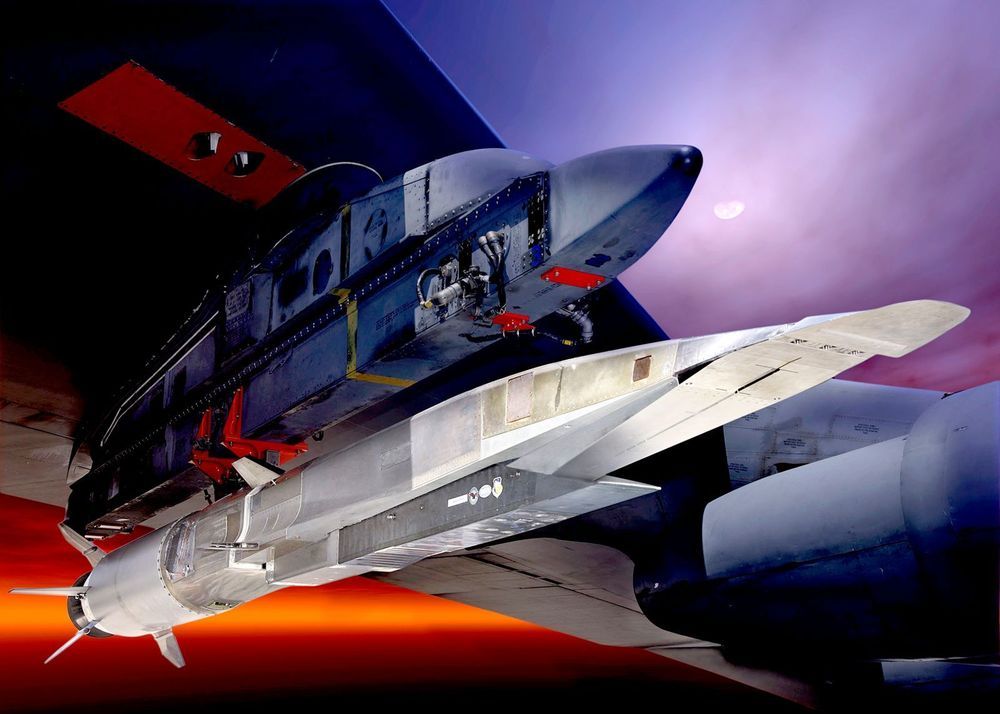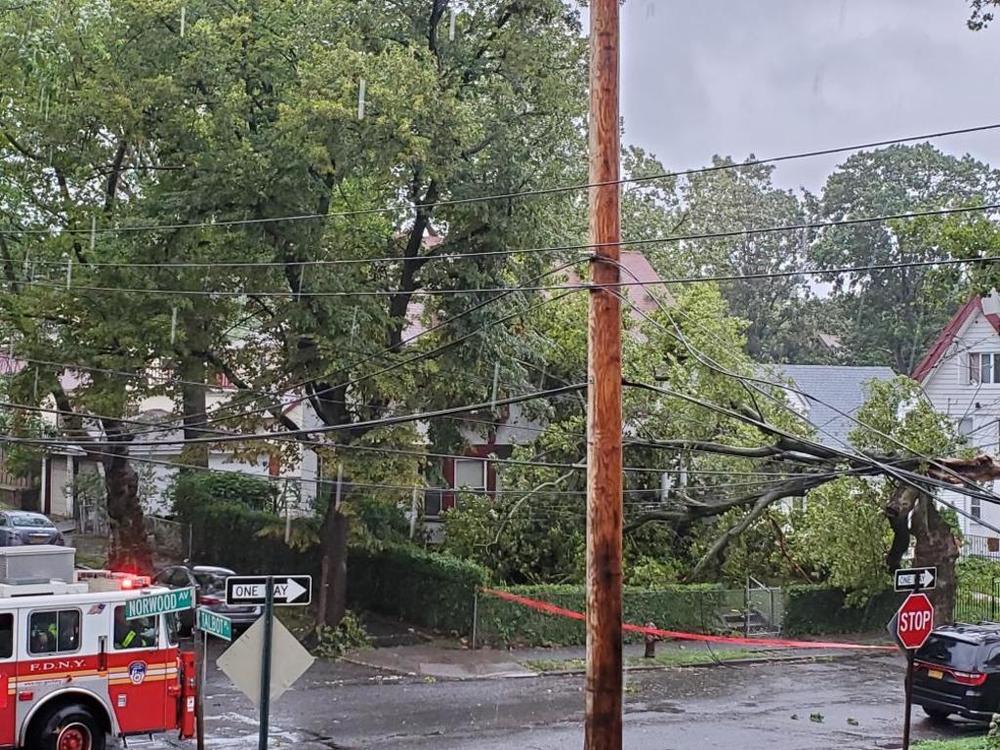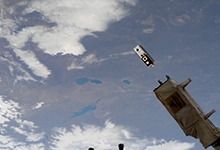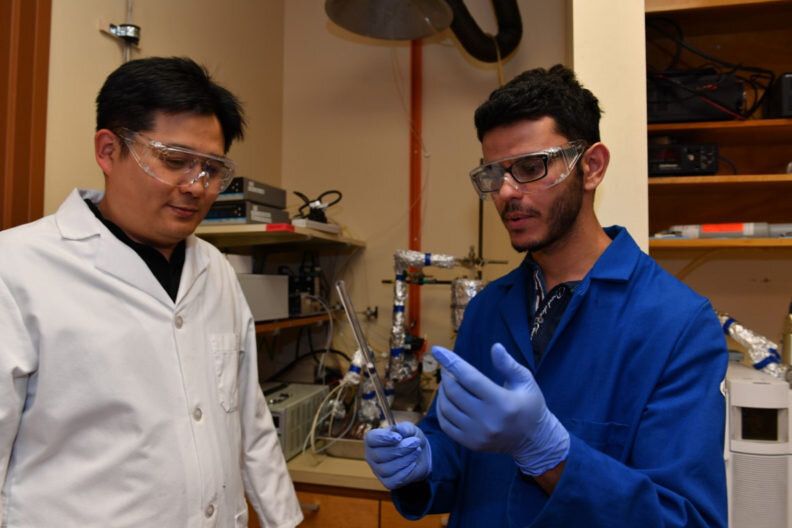Researchers at Argonne National Laboratory say they’ve found a breakthrough way to recycle carbon dioxide into energy-rich ethanol fuel. The secret is an electrified catalyst made from copper and carbon, which the researchers say can be powered using low-cost off-peak or renewable energy. What results is a process that’s more than 90 percent effective, which they say is far higher than any similar existing process.
Northern Illinois University professor and participating Argonne researcher Tao Xu says the new catalyst isn’t just a single stop that can produce ethanol—it’s the first step down a possible long list of ways to turn carbon dioxide into other useful chemicals. Despite the obvious plenitude of carbon dioxide, recycling it effectively into new things has been hard because of how stable and chemically stubborn the molecules are.
